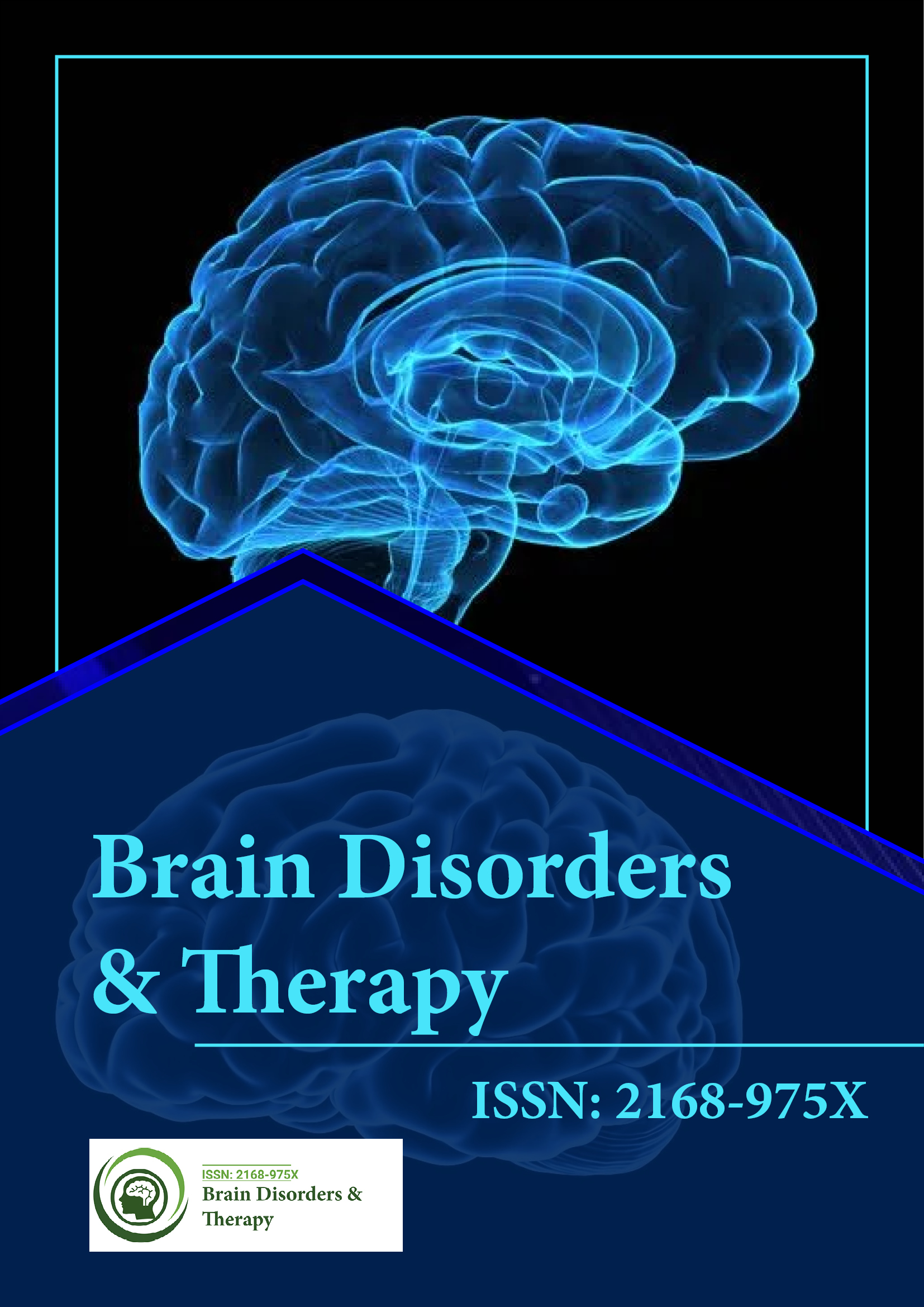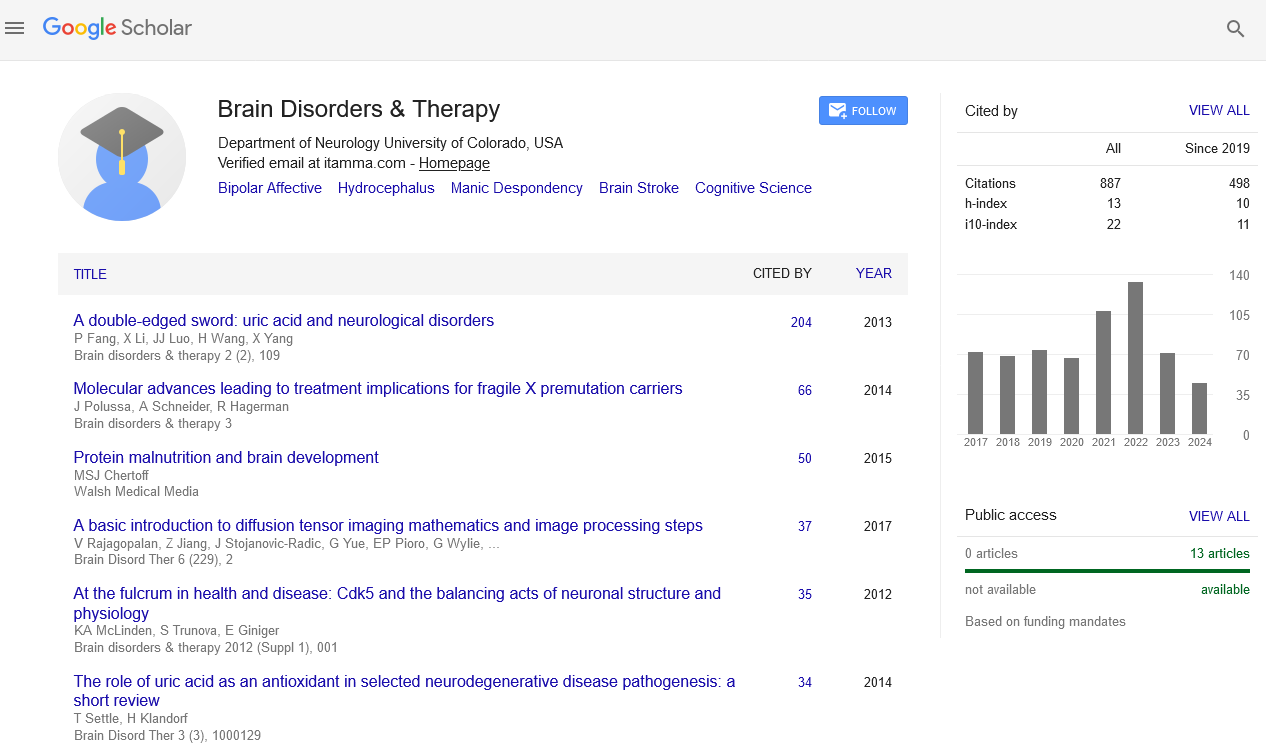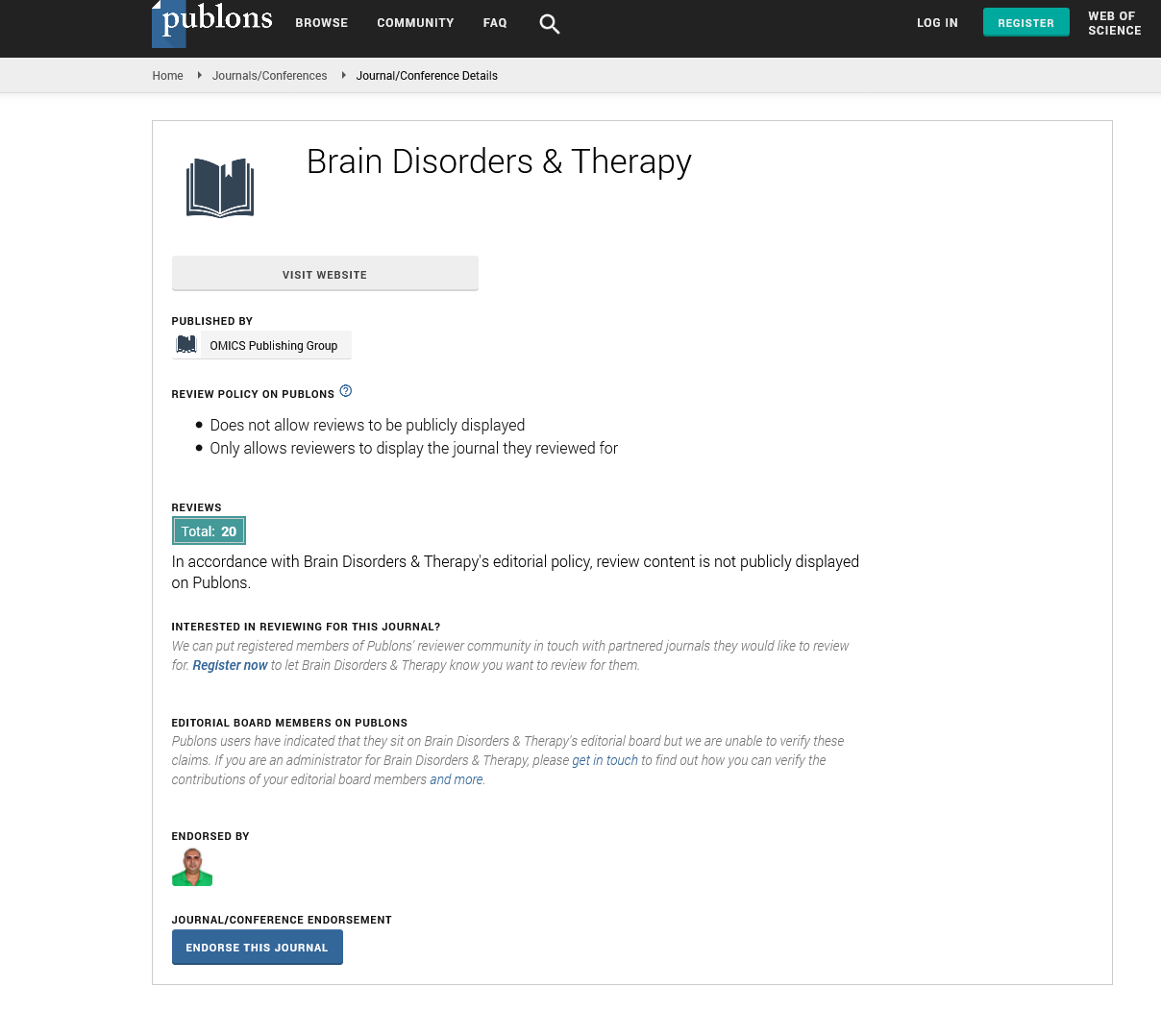Indexed In
- Open J Gate
- Genamics JournalSeek
- JournalTOCs
- RefSeek
- Hamdard University
- EBSCO A-Z
- OCLC- WorldCat
- Publons
- Geneva Foundation for Medical Education and Research
Useful Links
Share This Page
Journal Flyer

Open Access Journals
- Agri and Aquaculture
- Biochemistry
- Bioinformatics & Systems Biology
- Business & Management
- Chemistry
- Clinical Sciences
- Engineering
- Food & Nutrition
- General Science
- Genetics & Molecular Biology
- Immunology & Microbiology
- Medical Sciences
- Neuroscience & Psychology
- Nursing & Health Care
- Pharmaceutical Sciences
Subarachnoid cysticercosis and ischemic stroke in rural South Africa: a cross-sectional study
7th International Conference on Neurological Disorders & Stroke
September 20-21, 2018 | Rome, Italy
Humberto Foyaca Sibat and Ibanez Valdes LdeF
Walter Sisulu University, South Africa
Posters & Accepted Abstracts: Brain Disord Ther
Abstract:
Background: Whether subarachnoid neurocysticercosis (SNCC) induces ischemic stroke (IS) is not yet confirmed because only short case-series and anecdotal case reports have been published and no observational studies exist in the medical literature to date. The few published inquiries on disease progression in SNCC involving patients with well-controlled seizures have concluded that SNCC does not inevitably lead to IS. Also absent in the literature are studies which identify additional risk factors for ischemic stroke, particularly co-infection with HIV in patients living with NCC (PLWNCC). Objectives: The objective of this study is to estimate the prevalence of ischemic stroke in patients presenting with SNCC and stroke frequency among HIV-positive patients in three NCC subgroups; to determine if the odds of ischemic stroke are elevated in SNCC patients compared to patients with intraparenchymal NCC (INCC); to determine whether the risk for stroke is elevated in HIV seropositive patients presenting with SNCC or INCC and to evaluate if and when the potential interaction varies by location of NCC in the brain. Materials & Methodology: We reviewed our medical records in the Mthatha Hospital complex for years 1998-2015 to identify patients diagnosed with SNCC, INCC, and headache where NCC is ruled-out. Within these NCC groups we followed-up through records and in some cases clinical visits the proportion of patients that suffered ischemic stroke in the same period of time. Eligible patient???s seropositive status was recorded and cross associations for the independent variables (NCC status and HIV status) and outcome variables (ischemic stroke event) were performed. Results: The proportion of patients who developed IS were similar in patients with SNCC or INCC diagnoses and the odds of IS were 2.0 and 2.66 times greater when compared with the reference group C. HIV positive proportions were similar across the three groups, however the proportion of HIV positive patients developing stroke differed considerably; from 40% (OR=2.66 95% CI) in patients with INCC: to 5.6% (OR 0.82, 95% CI) in the reference group. C. 25.0% (OR= 2.60) and C: 5.6% (OR=0.82) and between group A and B the OR=2.82 Conclusions: Compared to the reference group, the odds of IS in PLWNCC were 2.0 and 2.6 times greater patients with SNCC and IPNCC, respectively. The frequency of IS was greater in HIV-positive patients in all three groups, but the risk was especially pronounced when seropositive patients were both NCC groups when compared with the reference group, subarachnoid space increased the risk three times more.
Biography :
Humberto Foyaca Sibat graduated as a Medical Doctor from University of Havana, Cuba (1971); pursued MSc. He is an Associate Investigator of Cuban Academy of Sciences; Specialist in Neurology. He has been an Associate Professor of Walter Sisulu University for more than 14 years. He is a member of 15 medical societies from all over the world. He has presented more than 350 papers in different scientific events and he has published more than 70 manuscripts in peerreview journals. He is the Chief-Editor of The Internet Journal of Neurology. He received and delivered many short training courses and organized many national and international conferences.
E-mail: humbertofoyacasibat@gmail.com


